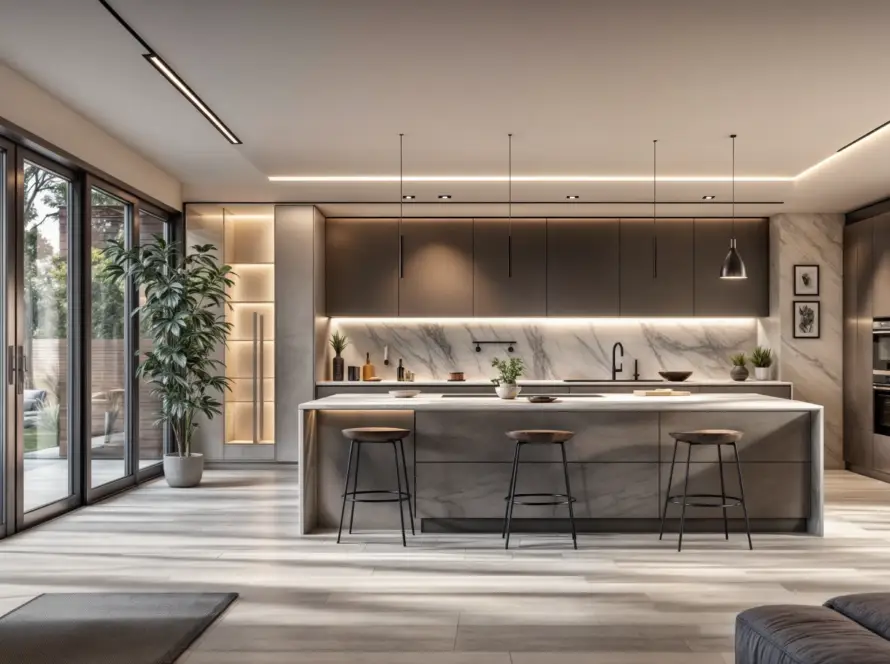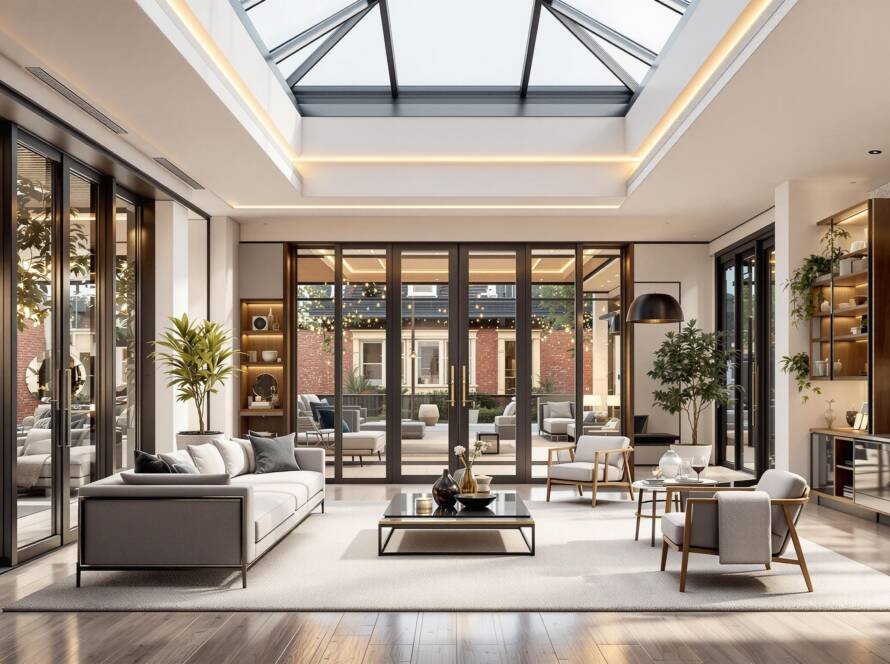In recent years, the focus on creating accessible living spaces has significantly gained momentum across the globe, and the Netherlands is no exception. With an aging population and a growing awareness of the need for inclusivity, the demand for renovations that support people of all ages and abilities has soared. This article discusses the importance of implementing accessible windows and door renovations, offering practical insights on the latest trends and materials available in the market. By emphasizing universal design, homeowners in the Netherlands can create spaces that are not only functional but also welcoming for everyone.
Basic Concepts
Before diving into the specifics of renovations, it’s essential to understand the key terms that guide this industry:
- Accessible Windows: This term refers to window designs that are easy to operate, providing unobstructed views and natural light while ensuring safety and security for users of all ages.
- Dutch Inclusive Door Designs: These designs focus on creating doorways that accommodate individuals with various mobility issues, featuring elements like optimal width and level thresholds.
- Universal Design: This principle aims to create products and environments that are inherently accessible to everyone, regardless of age or ability.
- Senior-Friendly Home Entries: This refers to entrances that are specifically designed to cater to the needs of older adults, ensuring ease of access and safety.
Understanding the Need for Accessible Design in the Netherlands
The push for accessible living in the Netherlands emerges from several significant factors:
- Aging Population: The number of seniors in the Netherlands has increased, leading to heightened demand for homes that accommodate their changing needs.
- Disability Awareness: Greater awareness of disabilities has inspired many homeowners to consider inclusivity in their renovation projects.
- Legal Requirements: Local laws increasingly support accessibility, mandating that new builds and renovations consider users with disabilities.
Current Trends in Accessible Windows and Doors
In order to understand what options are available, it’s crucial to keep an eye on the emerging trends in the market:
- Smart Windows: Technology is integrated into window designs, allowing homeowners to control light and ventilation easily, catering to the needs of residents.
- Sliding Doors: These doors are gaining popularity as they require minimal effort to open, making transitions smooth for users.
- Low Thresholds: Doors with low thresholds remove barriers and offer seamless transitions, which is vitally important for users with mobility aids.
- Natural Ventilation Systems: Smart window designs that promote natural ventilation help maintain comfort without manual adjustments.
Universal Design Windows and Doors: A Closer Look
When focusing on universal design, there are several essential components to consider in renovations:
Windows
Accessible windows in the Netherlands focus on:
- Ease of Operation: Casement or sliding windows often provide better accessibility compared to traditional double-hung windows.
- Safety Features: Incorporating safety locks that are easy to reach and operate ensures windows are secure while remaining convenient.
- Higher Sill Heights: Setting window sills at a height that allows visibility from the seated position accommodates users with limited mobility.
Doors
Key focuses for accessible doors include:
- Width: Opt for wider doorways, ideally at least 90 cm, to ensure smooth access for wheelchairs and mobility aids.
- Door Materials: Lightweight materials such as fiberglass make it easier to operate, especially for those with reduced strength.
- Automatic Openers: These devices offer the ultimate convenience, allowing doors to open with minimal effort.
Practical Tips for Home Renovations in the Netherlands
When planning accessible renovations, consider these recommendations:
- Assess Your Space: Conduct a thorough evaluation of your home to identify areas that need modification.
- Consult Professionals: Reach out to architects and designers who specialize in universal design to ensure your renovation meets the highest standards.
- Focus on Material Selection: Prioritize durable, low-maintenance materials that enhance the longevity of your renovations, including energy-efficient options.
- Stay Informed on Local Regulations: Keep updated with any legal requirements pertaining to accessibility in the Netherlands to ensure compliance.
- Incorporate Feedback: Get input from family members, especially seniors or those with disabilities, during the planning process.
Conclusion
Creating accessible living spaces through window and door renovations is not just about aesthetic improvements; it’s about fostering inclusivity and functionality for all ages. As the Netherlands continues to evolve with its population, prioritizing universal design in home renovations will lead to a more comfortable and inviting atmosphere for everyone. By understanding the trends in construction and making thoughtful design choices, homeowners can ensure their spaces remain adaptable and welcoming for generations to come.




